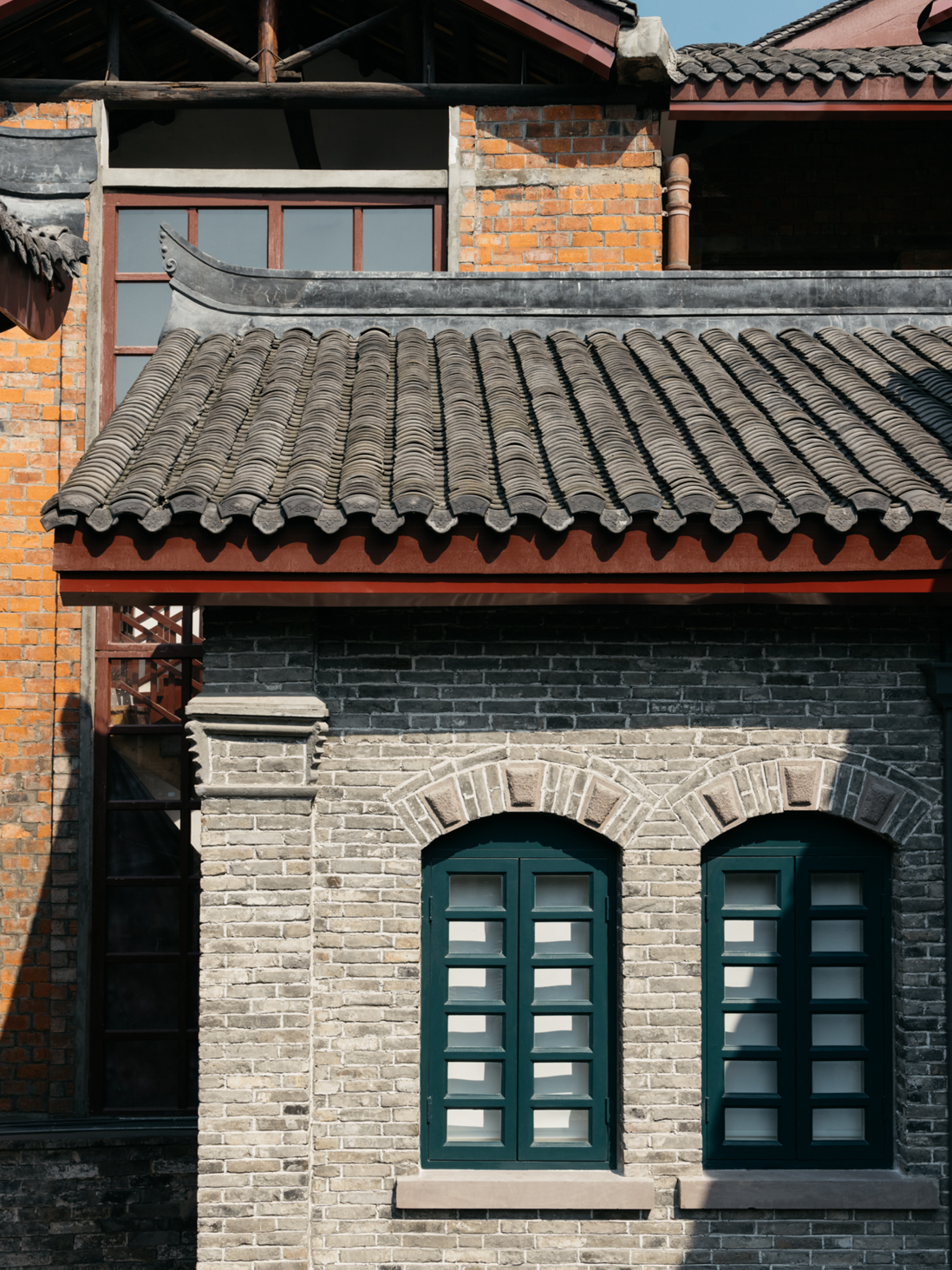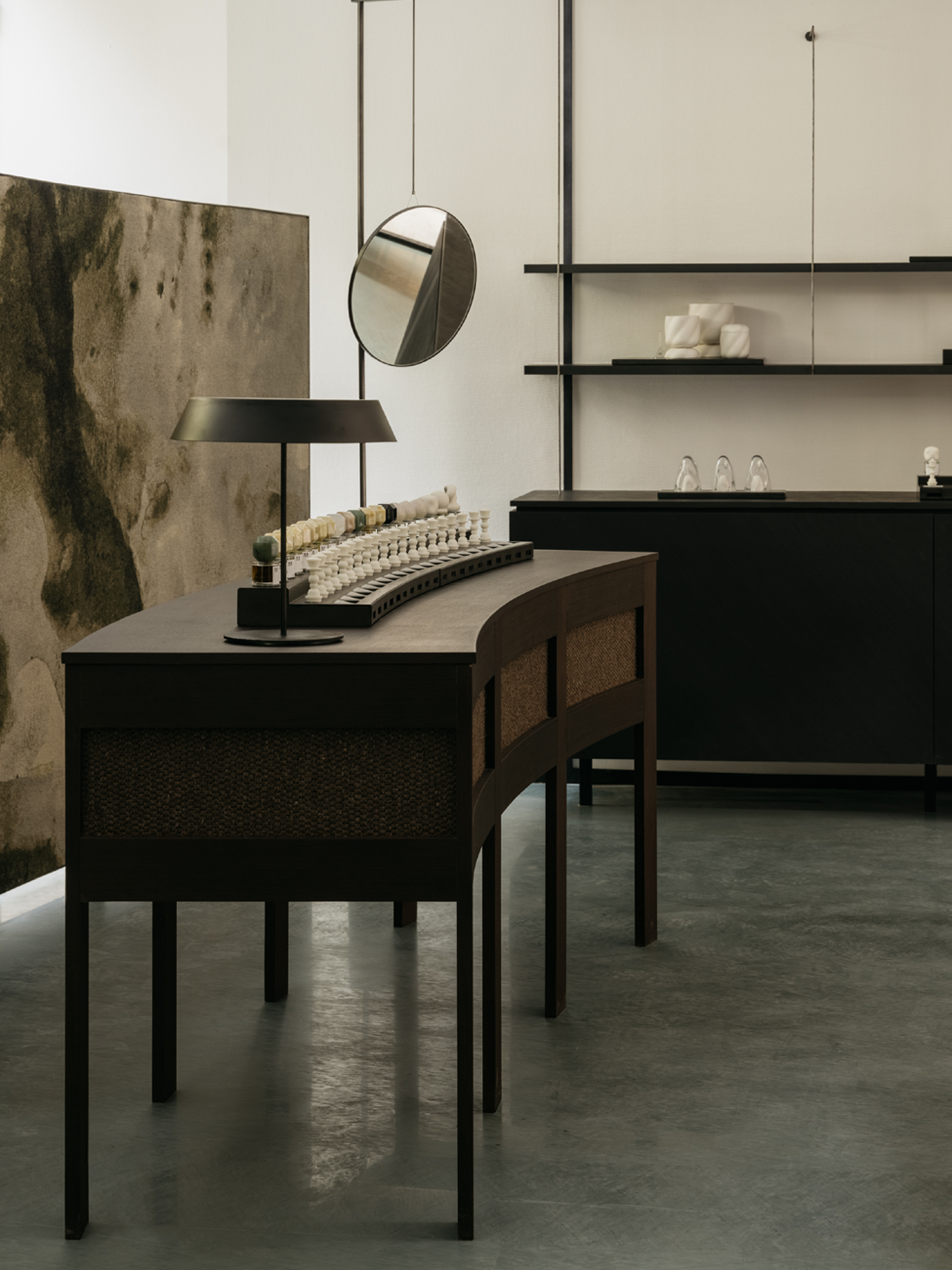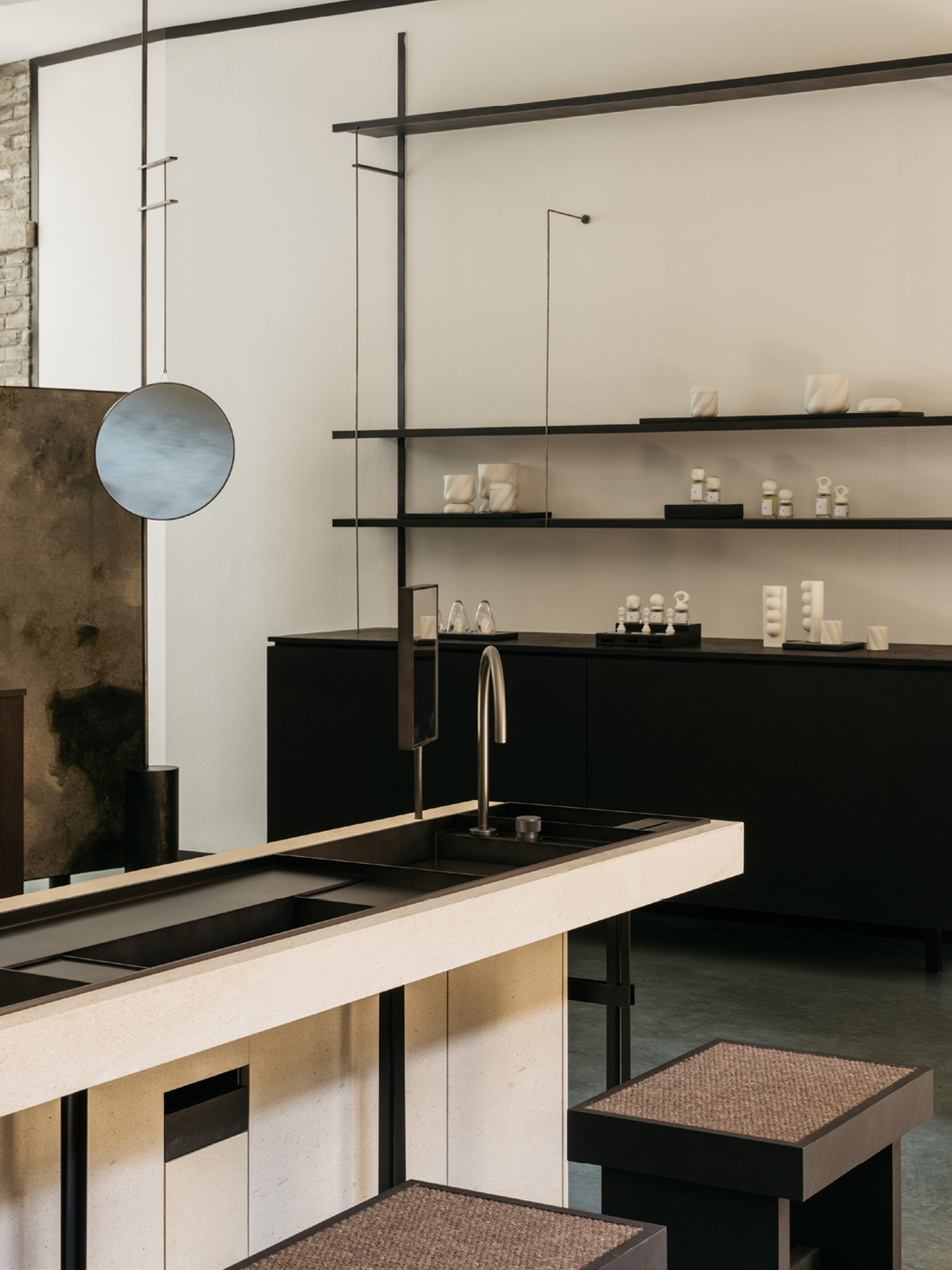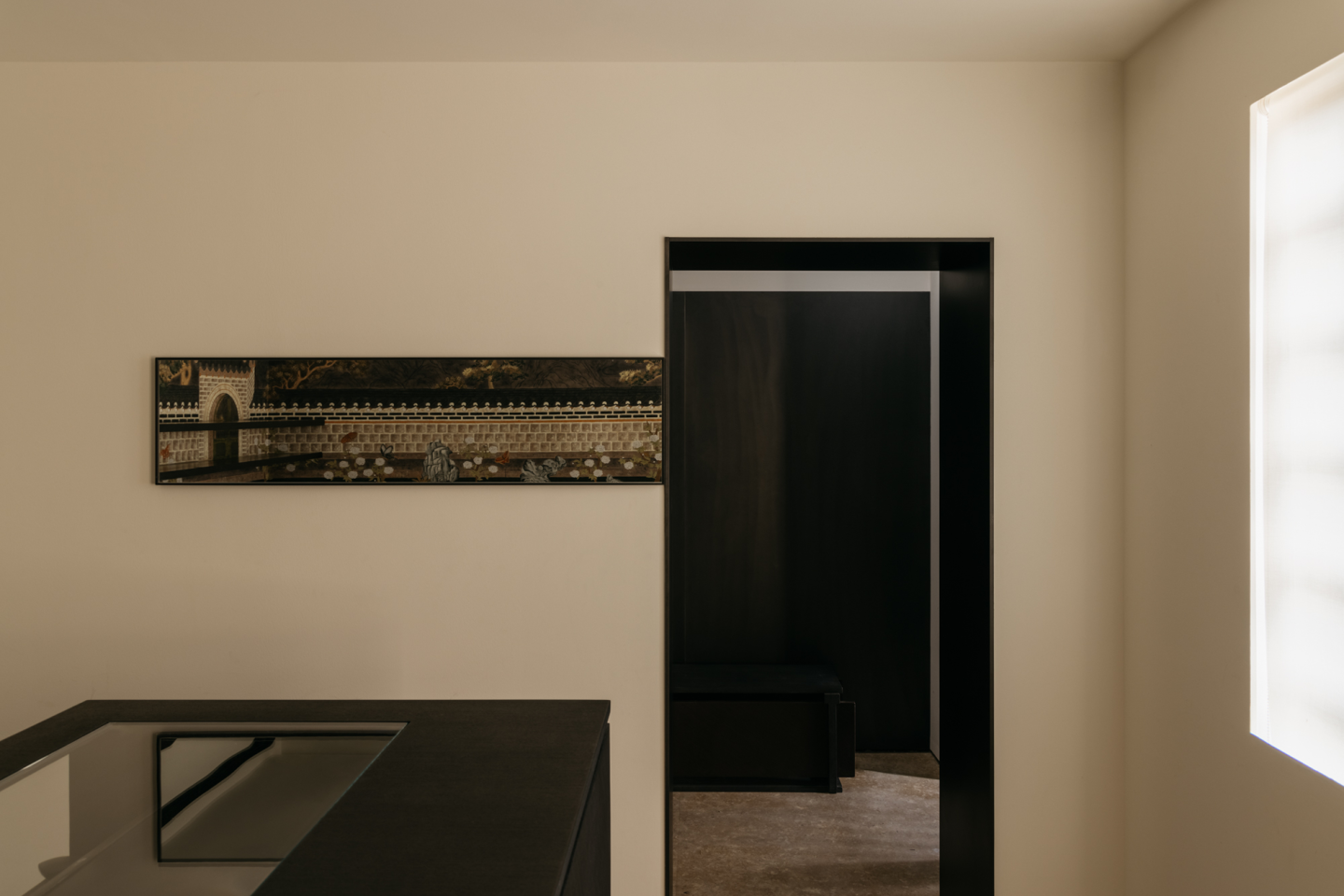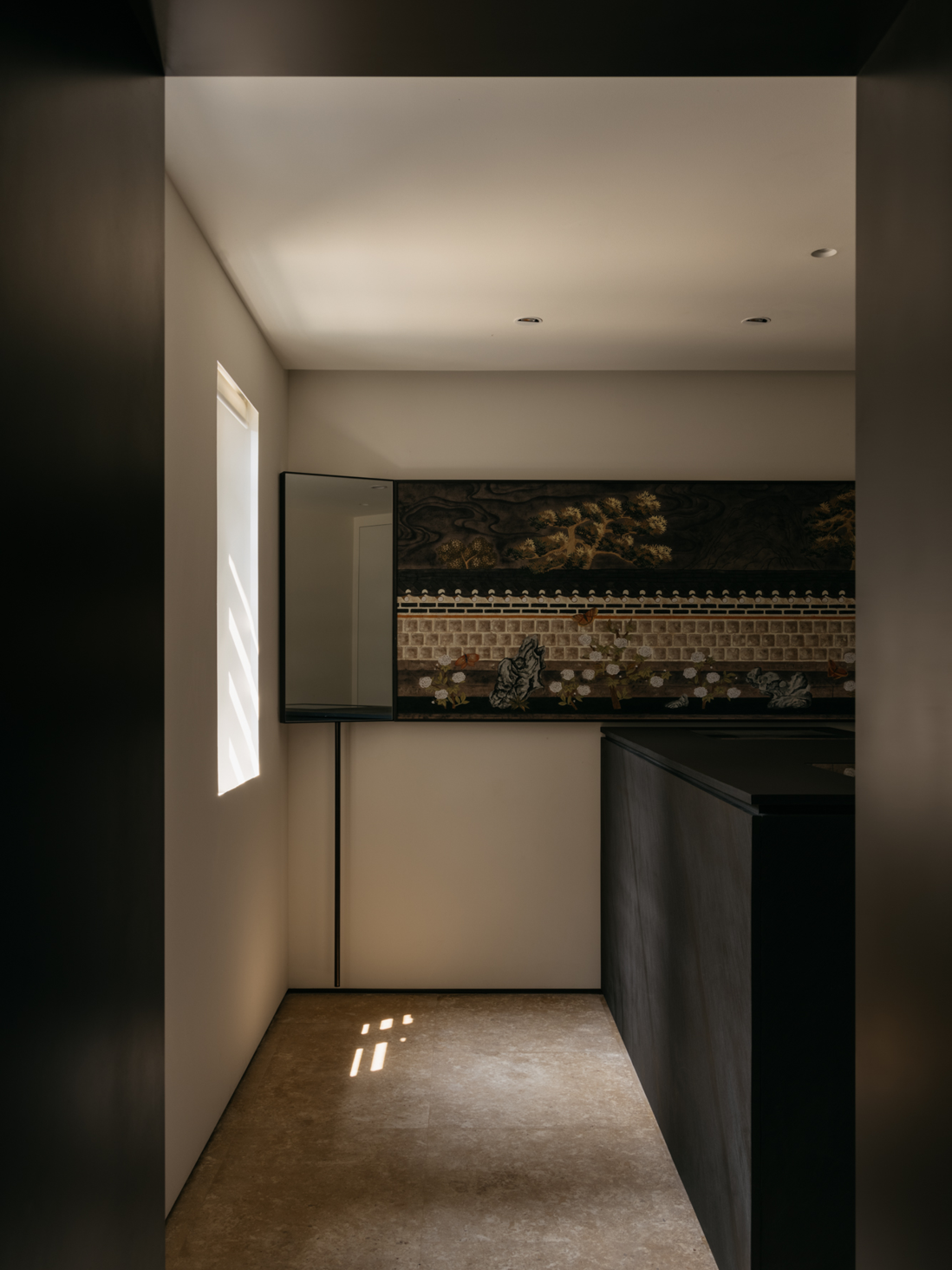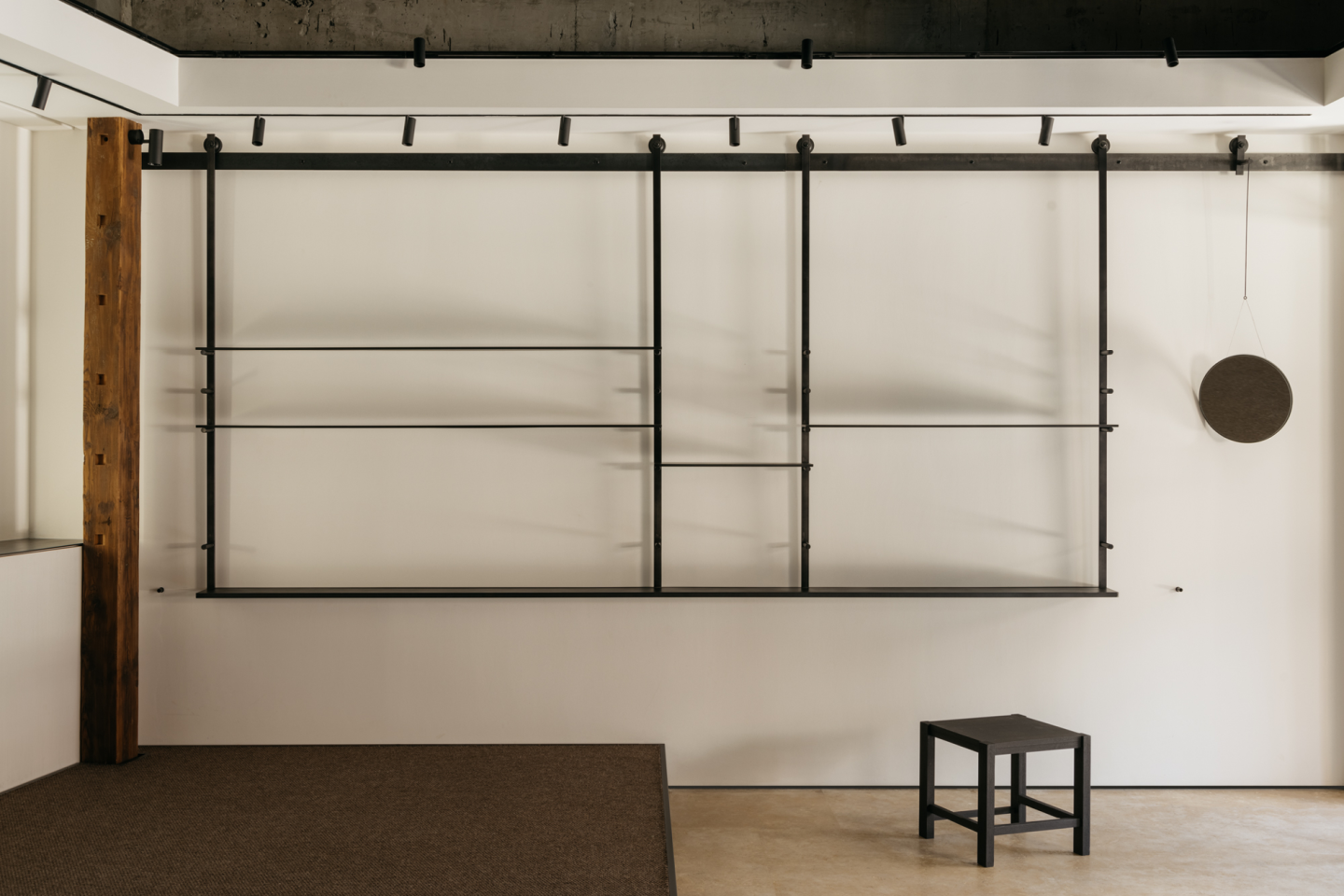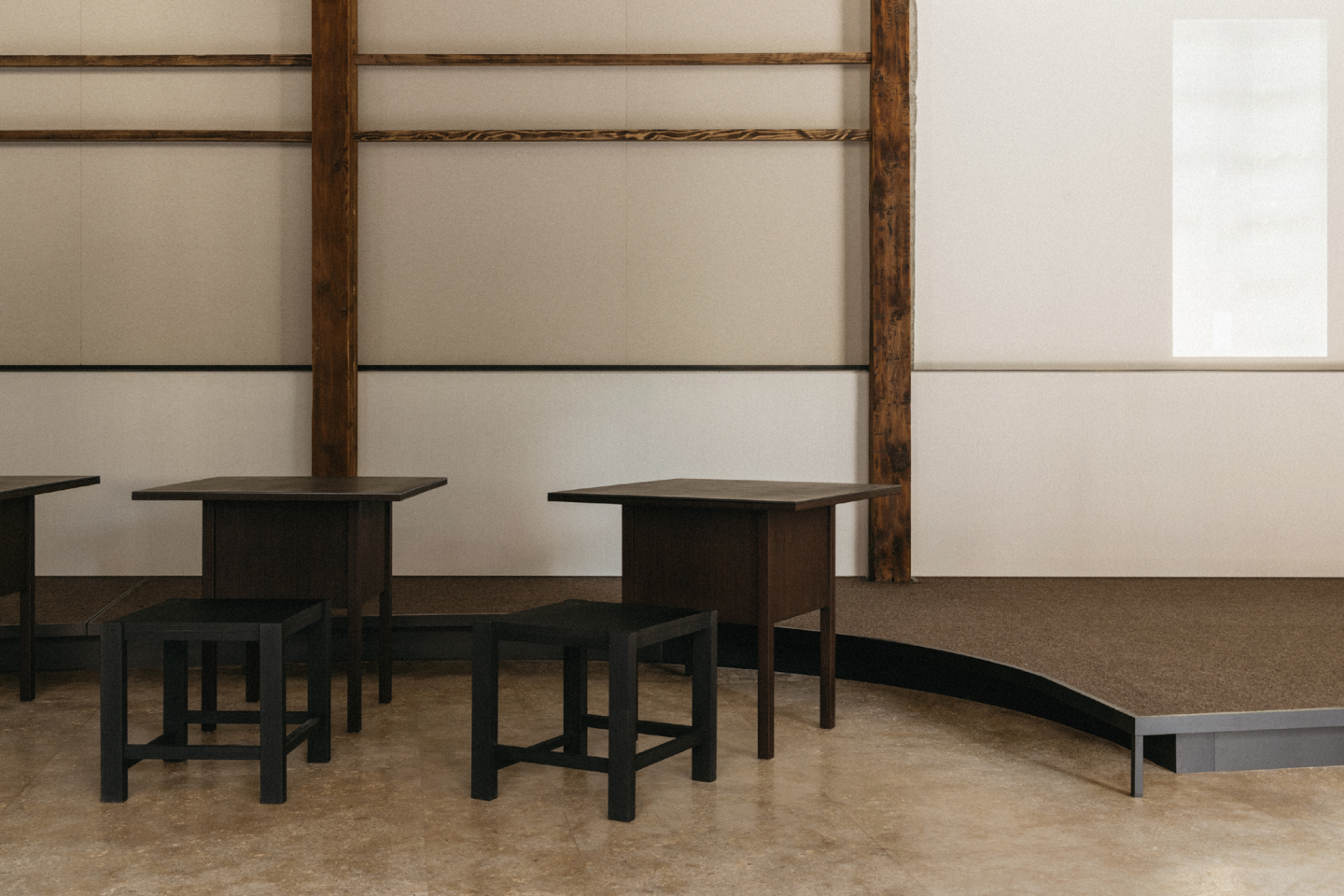To Summer Shu Pavilion
Location: Chengdu, China
Area: 335 sqm
Status: Complete
Completion: Jul 2023

Our building, constructed in 1930, is located in the historic Shaocheng district on Citang Street, facing north with a southern exposure. It features a hip roof with small green tiles, a two-story brick and wood structure, with blue brick walls and wooden windows, doors, and stairs. During the Republic of China period, it served as the Sichuan Art Society. After the founding of the People’s Republic of China, the building underwent several functional changes and significant renovations. In 2014, the Sichuan Art Society’s brick building was privately leased and funded for restoration, partially converting the wooden structure to a concrete frame. We aim to return to the building’s original essence with new interventions, preserving the initial spatial thinking of its construction.
Observing Chengdu’s Summer—’Humid and Mild Summer,’ the scent undergoes changes influenced by the air’s humidity, much like observing summer’s descent into Chengdu, affecting and interacting with the city in cultural and architectural spaces alike.
Tea Room—’To fully appreciate art, one must sincerely engage with the present life and being.’ This does not mean ignoring future perceptions but rather trying to enjoy the present. This aligns with Chengdu’s ancient ‘Ba Shi’—a relaxed, optimistic, and open-minded attitude towards life.
In our reconstruction of Citang Street 16, the concepts of old and new, the universal and the self, all come together. We’ve preserved the Republican-era roof structure, integrating the age-old wooden beams with the space to protect that ‘old essence.’
‘Zhi Wei Jian’—An early tea room. Inside the living room, a space is partitioned off by screens for tea gatherings, known as “Wei Jian.”
‘Da Tai Zi’, inspired by theater stages and Arhat beds, one can sit or lie on the platform to enjoy tea and views in comfort.
‘Gua Jing Zi’, mirrors enrich the spatial dimensions, extending the building’s imaginative potential.
‘Unrepeated Thoughts’—Utensils. In the tea room, everywhere you look, efforts are made to avoid repetition. If the kettle is round, the water container must be angular.
‘Guo’—Wrapping Building Materials
This building is a cultural heritage site, and we cannot damage or move any brick or tile. All renovations and spatial constructions within are done to protect the original architecture. For some finished surfaces, we add a layer of material between the building and our new structures so that it can be restored to its original state if dismantled. Thus, our use of “Guo” also carries a protective meaning, and many of our props and spaces use soft materials like blankets, cloth, and wood veneer, aligning more closely with their craft methods.
Holding a cup of bamboo leaf green tea, the steam mists up one’s vision. Histories shift, buildings may crumble, but how fortunate are we to have gifts that transcend time, standing defiantly through the years. Just like this old building with its gray tiles and blue bricks, as years go by, only the fragrance remains the same.
